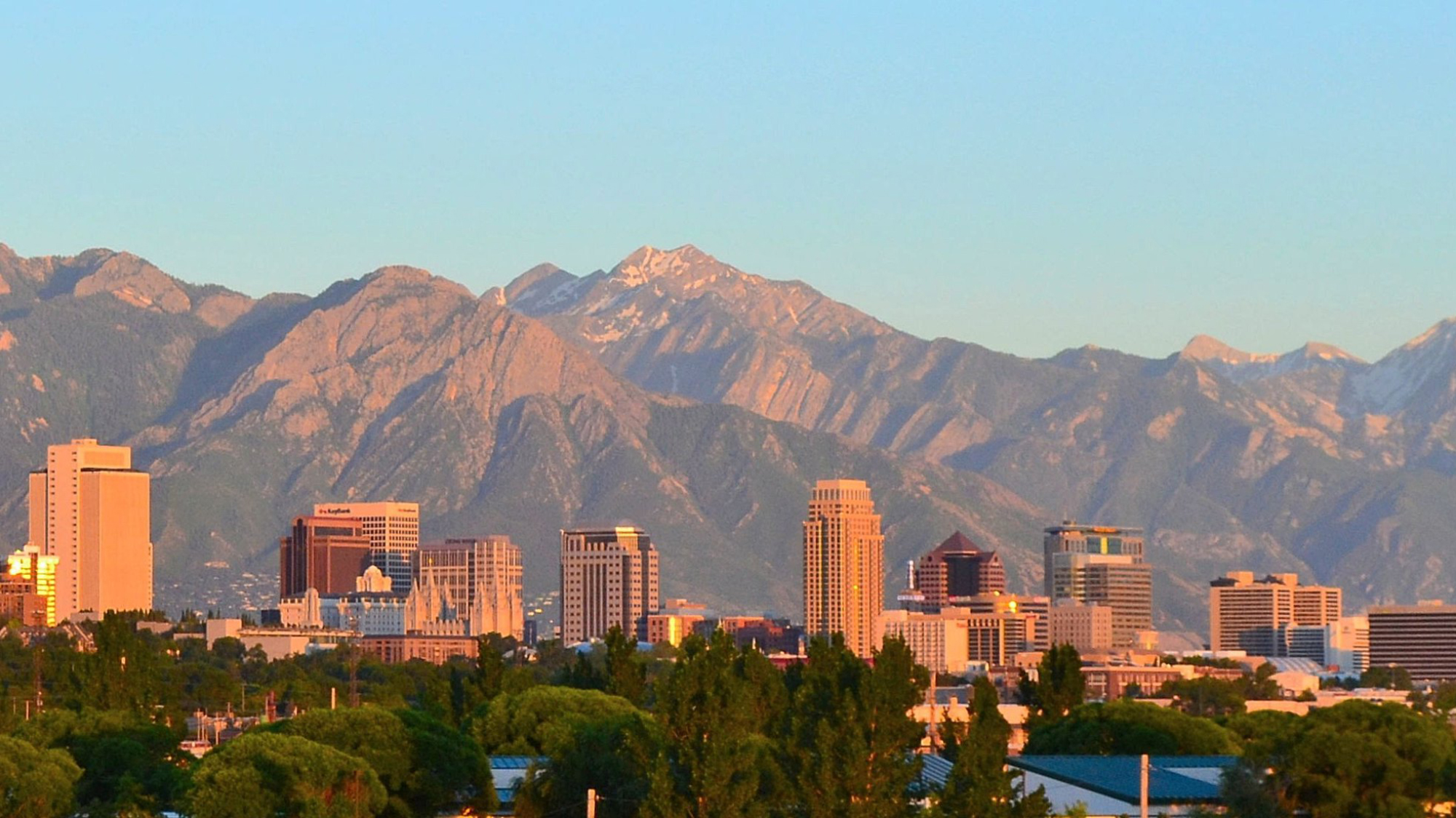
Research from GCSC affiliate Reid Ewing, College of Architecture + Planning, runs counter to the instincts that some city dwellers have had in fleeing to the suburbs in response to the coronavirus pandemic. Ewing is the Director of the Metropolitan Research Center at the U of U. In a study with his former graduate student and GCSC fellow Shima Hamidi, Ewing used structural equation modeling to account for both direct and indirect impacts of density on the COVID-19 infection and mortality rates for 913 U.S. metropolitan counties.
From the paper: The researchers’ findings “suggest that connectivity matters more than density in the spread of the COVID-19 pandemic. Large metropolitan areas with a higher number of counties tightly linked together through economic, social, and commuting relationships are the most vulnerable to the pandemic outbreaks. They are more likely to exchange tourists and businesspeople within themselves and with other parts, thus increasing the risk of cross-border infections. Our study concludes with a key recommendation that planners continue to advocate dense development for a host of reasons, including lower death rates due to infectious diseases like COVID-19.”
Read about their findings in @theU.
